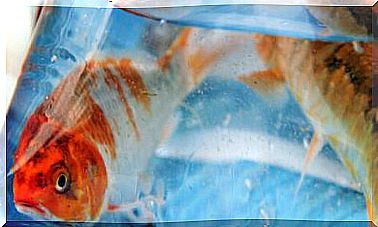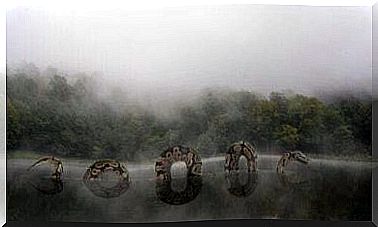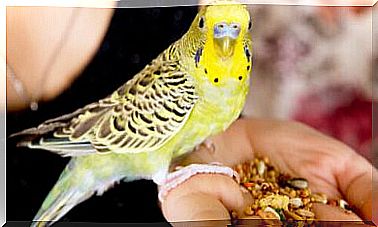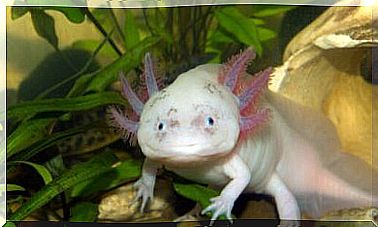Leeches And Their Medical Use
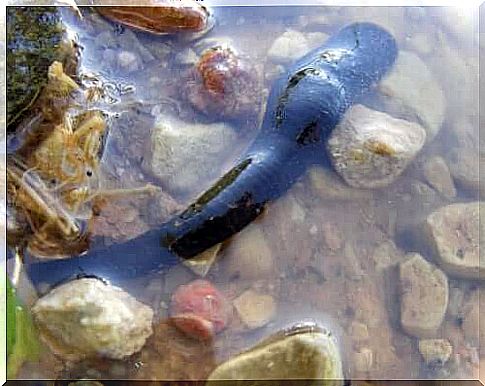
Leeches are hermaphroditic invertebrates belonging to the anelidae family. There are several species with a vast biological diversity.
In this article, we will focus on the medical application of an exact species of leech: Hirudo medicinalis.
History
Leeches have been considered indispensable in the treatment of certain ailments since their appearance in history around the year 35000 BC. C.
The evidence of their presence is recorded in archaeological structures of Babylonians and Egyptians, as well as in the tombs of the XVIII dynasty (1567 – 1308 BC) of Ancient Egypt. They also appear in the Bible and the Koran.
In Ancient Egypt, leech therapy and bloodletting were the most widely used remedies. These were medical practices also carried out by other populations, including the Greeks, Romans, Mayans, Aztecs and Mesopotamians.
In Greece, leech therapy was introduced by the father of medicine, Hippocrates. This technique was also supported by the philosopher Galen, supporter of the theory of humors in the body.
According to the humoral theory, a healthy body is characterized by a perfect balance between the distinct humors. A sick body, on the other hand, presents an imbalance of the same. To solve this, blood had to be drawn, which was the dominant mood.

Even in the Islamic world, bloodletting and the medical use of leeches were the two predominant techniques. We can affirm this thanks to the testimonies in various texts such as the Fil tib Alqanoon or ltasreef liman Ajeza Anittalif.
Finally, in Ayurvedic medicine the Hindu deity of Ayurveda holds a leech, a shell, an energy wheel and a pot in his four hands.
Medical use of leeches
The real boom of this practice, however, was recorded during the Middle Ages. A curious anecdote in this regard is the one reported by the pilgrims who walked the Camino de Santiago. During the journey, they stopped near ponds and rivers in which they bathed.
It was believed that it was the rest that gave relief to pilgrims. However, the culprits were the leeches that calmed the edema caused by so much walking. In particular, they prevented thromboembolic disease thanks to hirudin, a substance produced by their salivary glands.
The treatment required an exact species of leech, Hirudo mecidinalis. This species is known for its many therapeutic properties and receives the name of medicinal leech.
Mechanism of action
The aspect that attracts the most attention of the use of these animals in the medical field concerns the substances present in their saliva. Among these substances are found vasodilators, anti-inflammatories, anticoagulants, analgesics, bacteriostatic or anti-edematous.
These substances have several actions :
- They eliminate microcirculation disorders and hypoxia.
- They lower blood pressure.
- They recover the compromised vascular permeability.
- They increase the activity of the immune system.
- They solve the origin of the pain.
- They improve the bioenergetic state of the organism.
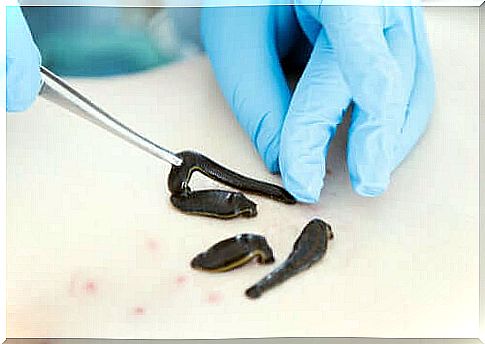
Among the substances worth mentioning are:
- Anticoagulants, among which the main one is hirudin. This thrombin inhibiting agent works by stopping blood clotting. It has been cloned and is being used in the treatment of cardiological and blood disorders.
- Anti-inflammatories. The bdellins, a compound that inhibits the action of trypsin, plasmin and acrosin, stands out.
- Vasodilators. These include histamine, acetylcholine and carboxypeptidase A inhibitors. All of them increase the flow of blood entering the indicated region.
Benefits of leech therapy
This therapy does not cause side effects or negative consequences. Therefore, it has few contraindications. At the same time, it is a painless and safe procedure.
It must be remembered that each specimen of Hirudo medicinalis has a unique use. And each of them is a drug-chemical machine equipped with a powerful suction pump.
Contraindications
The use of Hirudo medicinalis involves a series of risks which should be taken into account. One is found in the intestines of this leech and is the Gram-negative bacterium Aeromonas hydrophila .
There is a symbiotic relationship between the two: The bacterium Aeromonas hydrophila secretes proteolytic enzymes to digest blood and the leech Hirudo medicinalis offers it protection .
This bacterium, however, can cause a variety of problems for humans, from cellulitis to a local abscess to shedding of the skin or serious complications such as sepsis or meningitis.
It is not recommended for use by people suffering from arterial insufficiency or immunosuppression, as well as coagulation disorders or local or systemic infections. The group of subjects who should avoid this medical practice also includes expectant women and people allergic to the active substances of the leech.
Conclusions
This ancestral therapy has made a comeback nowadays, as its effectiveness has been proven in several specific treatments. However, it should be remembered that the method of application has undergone minimal variations over the years.






